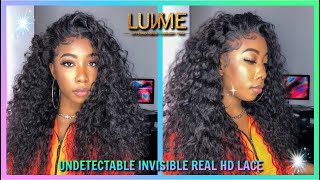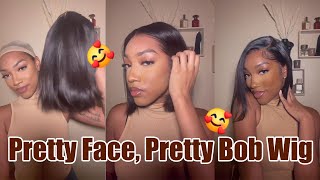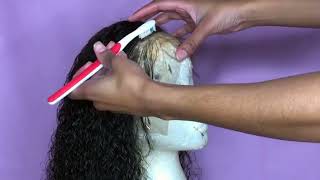Does Wig Glue Damage Your Hair?
- Posted on 03 November, 2021
- Hair Knowledge
- By Anonymous
No one enjoys having to hide in dark corners or slip silently away into the bathroom in order to privately adjust your wig. That's where wig glues and adhesives come to your rescue! But do you have to compromise the health of your natural hair in order to enjoy the security and freedom that comes with using these products? The short answer is, no. While it is important to follow a few basic guidelines when you are using products that have the potential to be harmful, if you are patient and willing to spend a little extra time to give your hair the tender love and care it deserves, there is no reason why you can't enjoy the best of both worlds.
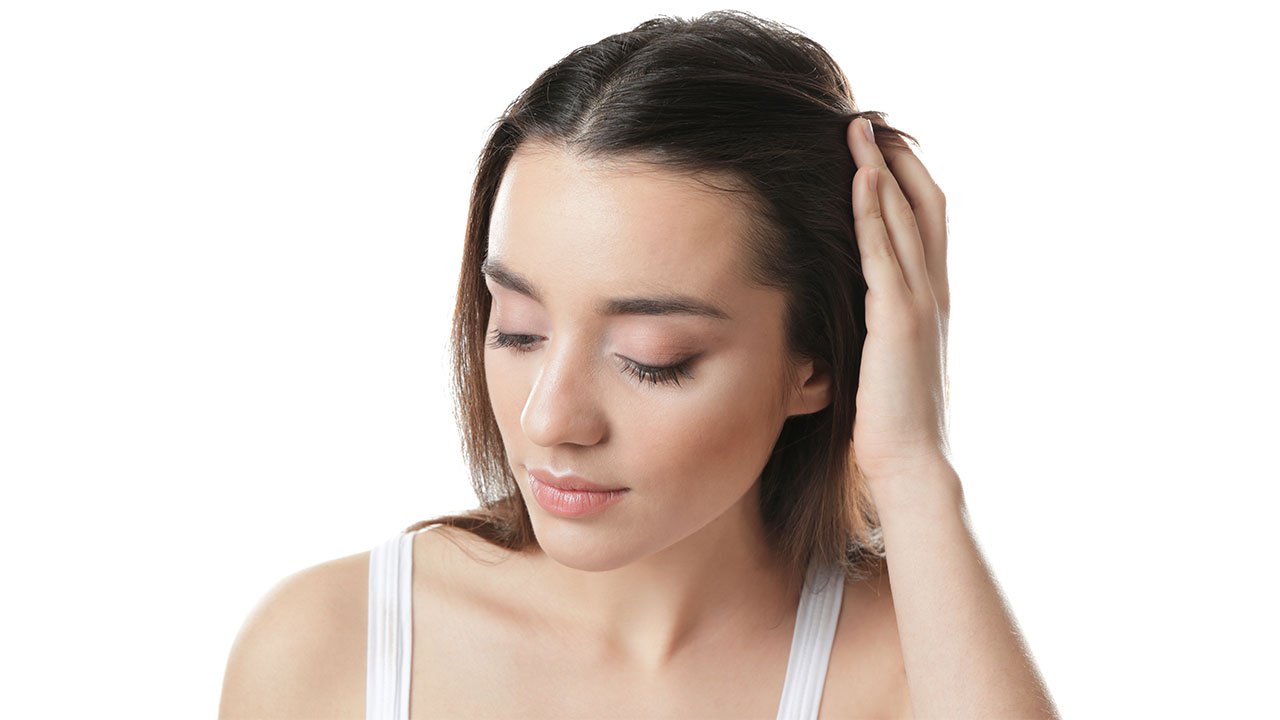
How To Protect Your Edges When Wearing a Wig
Here are a few ways to keep your scalp and hair healthy if you choose to use wig glue or adhesives to secure your wig in place.
First, as with anything, it's ideal to start with a good foundation and work your way up from there. Use your own common sense to assess the health of your hair currently. If you find that it is brittle and falling out from damage from hair products, it is best to wait until the integrity of your hair can withstand the pulling that comes from long-term wig wear. Taking care of your natural hair is very important to maintain health and avoid damage. Use deep conditioning treatments and treat yourself to a scalp massage often, this will encourage growth. We love the Intensive Recovery Mask to hydrate your hair & scalp!
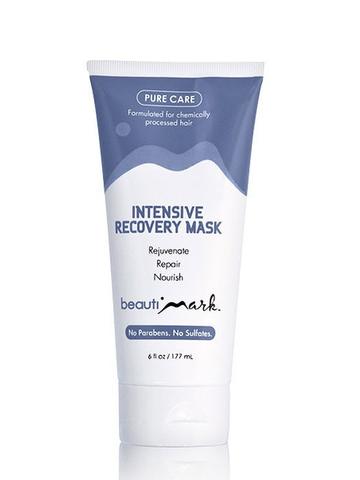
Once you have decided that your hair is strong enough, it's time to protect that scalp! Using a scalp protector such as this one, will not only help to protect your skin from becoming irritated by the glue, but it will also help to make sure that the glue stays attached when you sweat.

Another important thing to remember is to try not to apply the glue on your hair. Only apply glue directly below your hairline, or on a wig cap that covers your hairline. Try not to lift and adjust the wig once it has been put into place with the adhesive. The more you remove the wig after applying glue, the more damage you may be inviting to your scalp and hair. If you find that you need to re-apply, always remember to remove your wig before applying more glue.
Using short-term glues that can be removed and applied daily to every three days will give you more opportunities to care for your natural hair, and are therefore considered to cause less irritation and damage. I like this one because it can be washed off with water and is easy to apply.
If you like to wear your wigs long-term, it is best not to leave them on longer than a week at a time, and to give your hair a lot of tender love and care when you do finally free it. This long-term adhesive is great for those of us who want a secure hold that lasts.
When removing your wig, never pull or pick at the glue, and be patient in order to remove it properly without damaging your skin, hair, or wig. It is essential to purchase an adhesive remover that dissolves or deactivates the glue so that you can safely remove your wig after working the product onto your scalp. You can find some great choices here and here, that will keep you and your wig looking great.

With consideration and care, you can keep your hair healthy and your wig in its rightful place. Just remember that everyone's hair is different and it may take a little playing to find the wig products and regime that works best for you. In the meantime, have fun and have a great hair day!

